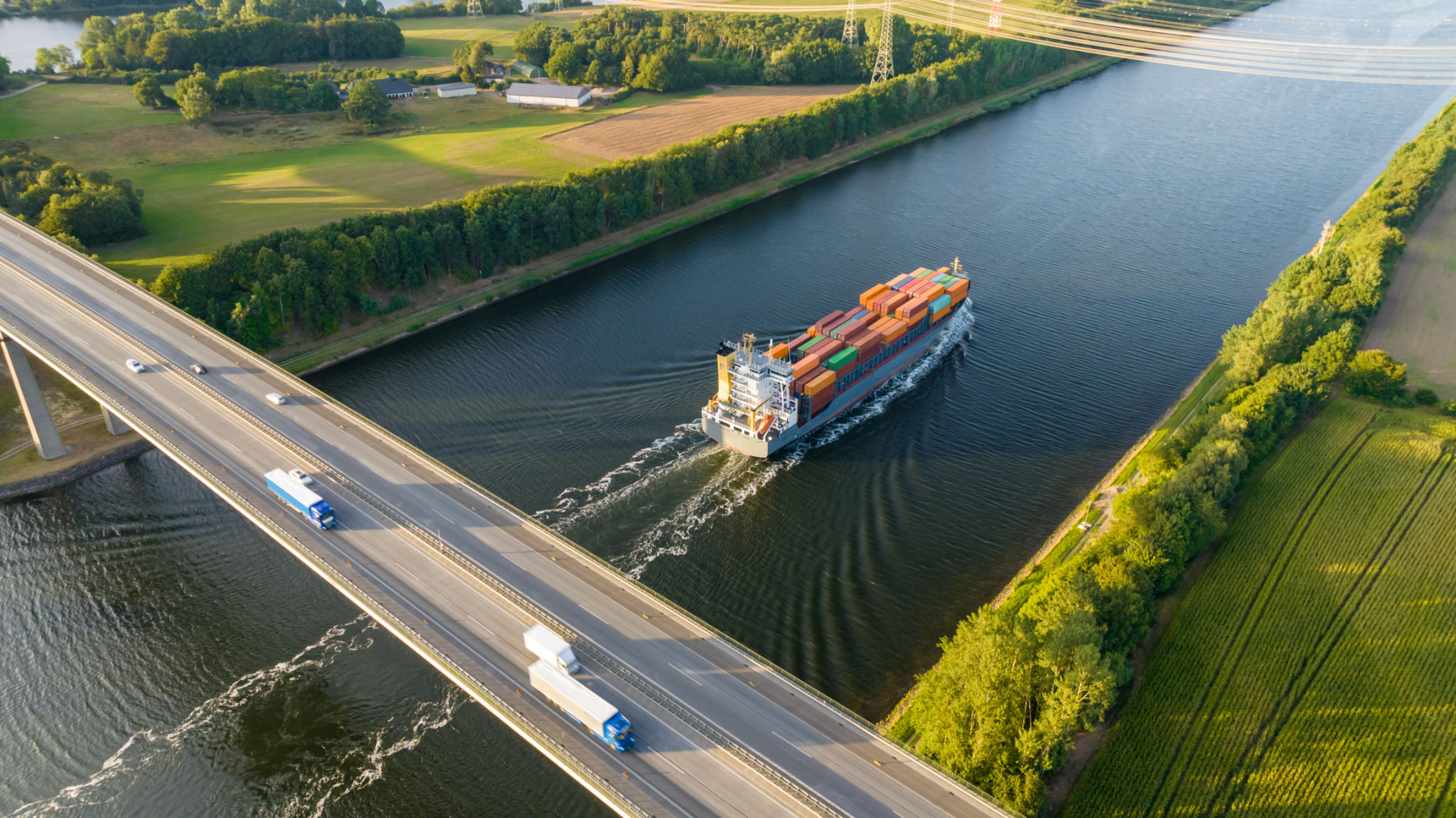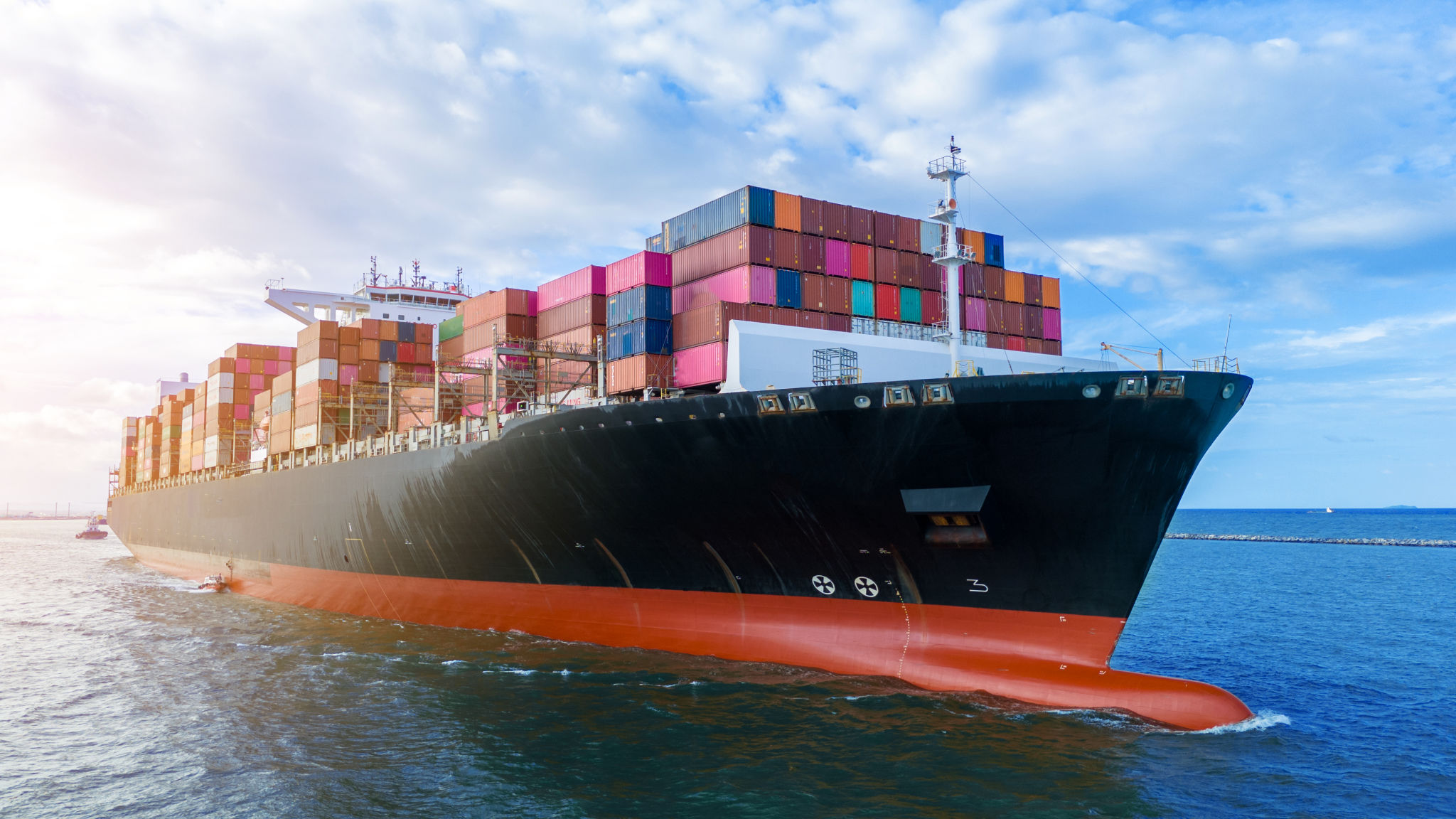Understanding Intermodal Solutions: A Comprehensive Guide to Efficient Cargo Transport
Introduction to Intermodal Solutions
In the fast-paced world of global trade, efficient cargo transport is crucial for businesses seeking to optimize their supply chain operations. Intermodal solutions have emerged as a versatile and cost-effective approach, combining different modes of transportation to streamline the movement of goods.
Intermodal transport leverages the strengths of various transportation modes, such as rail, road, and sea, to enhance efficiency and reduce costs. By understanding the intricacies of intermodal solutions, businesses can significantly improve their logistics strategies and achieve a competitive edge in the market.

The Advantages of Intermodal Solutions
One of the primary benefits of intermodal solutions is their ability to offer flexibility. By integrating multiple transportation modes, businesses can adapt to changes in demand, weather conditions, or unforeseen disruptions. This adaptability ensures that cargo reaches its destination on time, maintaining customer satisfaction.
Moreover, intermodal transport is often more environmentally friendly than relying solely on road transport. Utilizing rail and sea options can significantly reduce carbon emissions, contributing to sustainability goals. Additionally, intermodal solutions can lead to cost savings by maximizing load capacity and minimizing fuel consumption.
Cost Efficiency
Intermodal solutions often prove to be more cost-effective than traditional transport methods. By combining different modes, businesses can take advantage of bulk shipping rates and reduce reliance on costly road transport for long distances. This approach not only optimizes expenses but also enhances overall operational efficiency.

Key Components of Intermodal Transport
To effectively implement intermodal solutions, it is important to understand the key components involved. These include:
- Containers: Standardized containers are essential for seamless transitions between different transportation modes. They enable easy handling and transfer without the need for repackaging.
- Transport Modes: A combination of rail, road, and sea transport is typically used to achieve optimal efficiency. Each mode has its strengths; for example, rail is ideal for long distances, while road is better suited for last-mile delivery.
- Logistics Coordination: Effective coordination and communication between various stakeholders are crucial to ensure smooth transitions and timely deliveries.
Challenges in Intermodal Transport
Despite its many advantages, intermodal transport does come with challenges. Coordinating multiple transportation modes requires meticulous planning and communication. Additionally, infrastructure limitations and regulatory differences across regions can pose obstacles to seamless operations.

Implementing Intermodal Solutions in Your Business
To successfully implement intermodal solutions, businesses should start by assessing their current logistics processes and identifying areas for improvement. Partnering with experienced logistics providers can also be beneficial in navigating the complexities of intermodal transport.
Investing in technology that enhances tracking and communication is crucial. Real-time data allows businesses to monitor shipments closely, make informed decisions, and swiftly address any issues that may arise during transit.
The Future of Intermodal Transport
The future of intermodal transport looks promising as advancements in technology continue to drive innovation. Automation, digital platforms, and data analytics are expected to further streamline intermodal operations, reducing costs and enhancing efficiency.
As global trade continues to evolve, businesses that embrace intermodal solutions will be better positioned to meet the demands of an increasingly interconnected world. By understanding and implementing these strategies, companies can ensure efficient cargo transport while supporting sustainability efforts.
